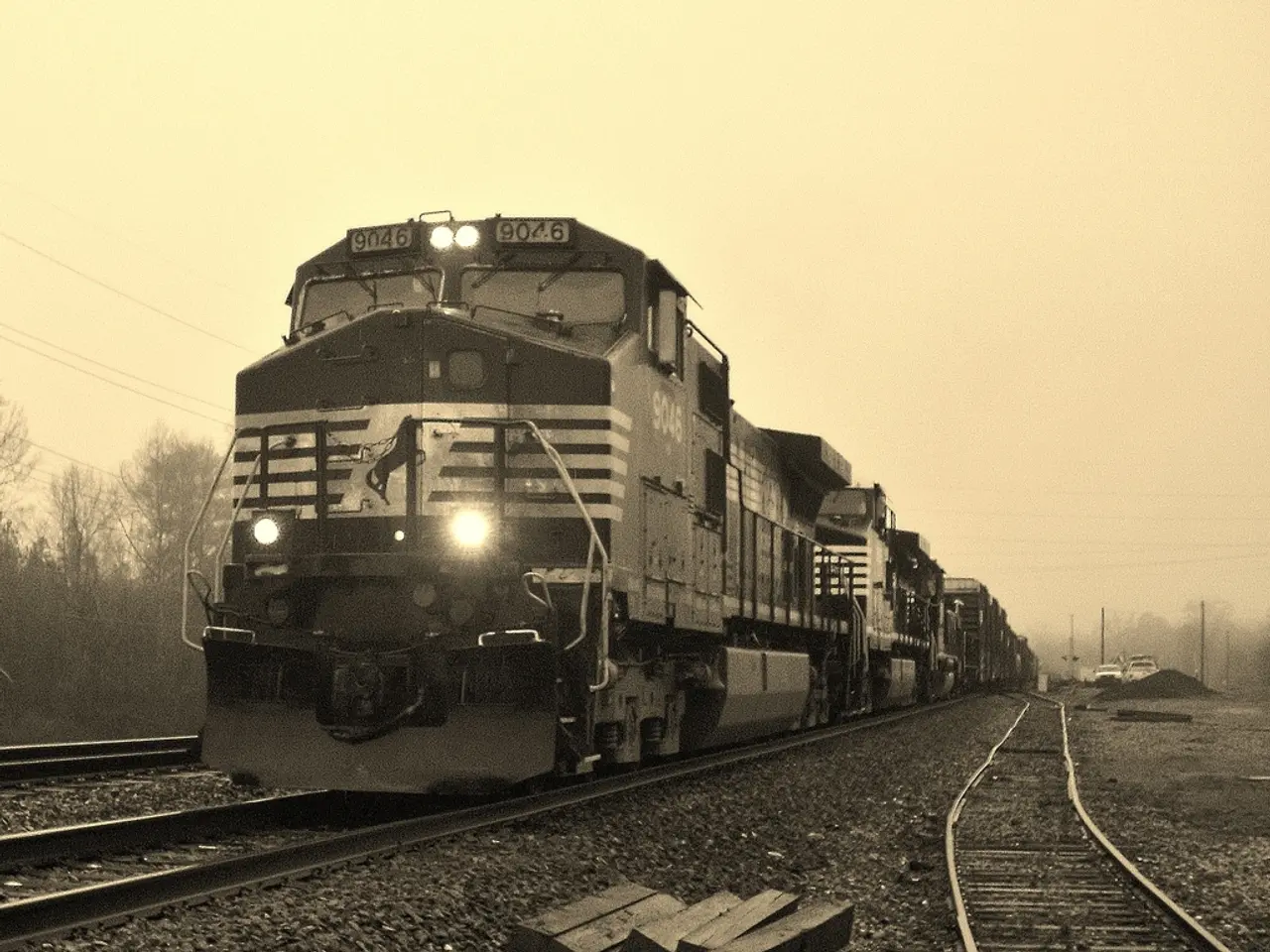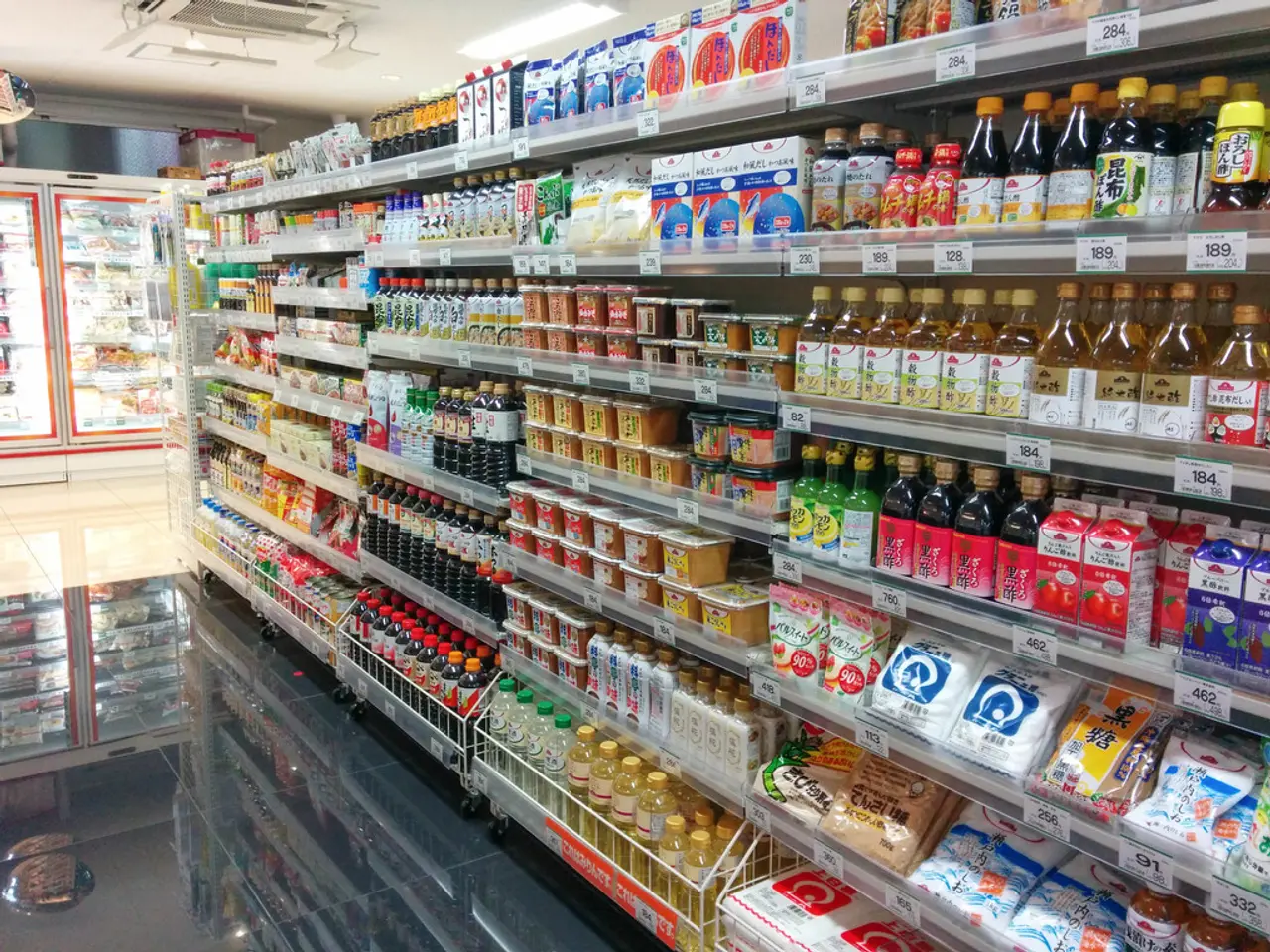Revolutionizing Travel: The Emergence of Advanced High-Speed Railway Technology
**Revolutionizing Travel: The Latest Advancements in High-Speed Rail Technology**
High-speed rail is transforming the way we travel, offering a greener, more efficient, and exciting alternative to traditional modes of transport. From China to Europe, nations are investing in this technology to decrease our carbon footprint, adapt cities, and redefine travel.
**Speed and Performance**
The race for speed is on, with China leading the charge. Their new maglev trains can reach speeds of up to 373 mph (600 km/h), significantly reducing travel times. For instance, the Beijing–Shanghai trip could be cut down to 2.5–3 hours, currently taking 4 hours. China's CR450 high-speed train, unveiled in late 2024, has achieved a test speed of 450 km/h (operational speed: 400 km/h), boasting improvements in energy efficiency and reduced running resistance.
**Safety Innovations**
Enhanced safety is a top priority, with remote control locomotives allowing ground personnel to operate trains in rail yards via handheld devices. Advanced inspection systems monitor the condition of wheels and bearings in real-time, preventing mechanical failures. Positive Train Control (PTC) systems automatically slow or stop trains to prevent collisions, derailments, and incursions into maintenance zones. Artificial intelligence and computer-aided design are also being used for predictive maintenance, construction, and operational planning.
**Efficiency Gains**
Efficiency improvements are a key focus, with the use of high-strength aluminum alloys and carbon fiber composites reducing train weight and aerodynamic drag. The EU is targeting a doubling of high-speed rail traffic by 2030, leveraging smart ticketing, real-time communications, and modern signaling systems to optimize capacity and reduce delays.
**Sustainability and Environmental Impact**
High-speed rail is increasingly being positioned as a more sustainable alternative to air and car travel for medium-distance journeys. There is a global push to expand electrified rail networks, particularly in Europe and Asia, to reduce reliance on fossil fuels and cut carbon emissions. New train designs like the CR450 consume 20% less energy than their predecessors, thanks to lighter materials and improved aerodynamics.
**Future Prospects**
The railway system market is projected to grow from $31.7 billion in 2025 to $55.9 billion by 2034, driven by investments in high-speed rail, particularly in Asia and Europe. Driverless trains, advanced AI for predictive maintenance, and integrated smart city platforms are expected to become standard, further boosting efficiency, safety, and user experience.
The high-speed rail sector is becoming a global arena for technological leadership, with China and Japan pushing the boundaries of speed and innovation, while Europe focuses on expanding networks and integrating digital solutions. Future systems aim to seamlessly connect high-speed rail with urban transit, aviation, and other modes, creating multimodal, sustainable transportation ecosystems.
Participatory urban planning is gaining traction, providing the opportunity to collaboratively mold cities and travel experiences. By choosing high-speed rail, we actively support a cleaner planet for future generations. The journey toward a reimagined rail travel experience is just beginning, inviting everyday travelers, environmental advocates, and innovation enthusiasts to drive developments in high-speed rail.
*For more information on high-speed rail, please visit [external resource].*
- The developments in high-speed rail technology are revolutionizing not only transportation but also the entire industry, particularly in finance and sustainable solutions.
- A smart approach to glass designs is being considered for the creation of smart windows that can optimize energy consumption within the high-speed rail systems.
- As the race for speed continues, advancements in automation and AI play a crucial role in ensuring the efficiency and safety of these lightning-fast glass trains.
- Innovations such as AI-powered predictive maintenance solutions and smart ticketing systems will help in further automating the management of high-speed rail networks.
- The integration of AI and advanced technologies like computer-aided design will enable the creation of smart transportation systems that connect high-speed rail to other modes of transportation, such as urban transit and aviation.
- To cater to the increasing demand for greener and more efficient travel solutions, these technology advancements in high-speed rail are expected to lead the way in reducing carbon emissions and decreasing our overall environmental impact.
- The future of high-speed rail will see the convergence of numerous technologies, transforming it into an integral part of smart cities and multimodal transportation networks, paving the way for a more sustainable and technologically advanced global industry.




